At Odeum, we are committed to creating immersive, engaging educational experiences. Our mission is to foster deeper connections for deeper learning through game-based learning. We achieve this by adhering to the principles of Situated Embodied Learning as articulated by James Paul Gee, a leading authority in educational theory and game-based learning. Our innovative platform, Odeum Studio, and our flagship game, "Hua Mulan: A Chinese Learning Adventure," exemplify these principles, creating rich, interactive learning environments that go beyond traditional educational methods. Here's how we integrate each aspect of Gee's Situated Embodied Learning into our products.
Learning by Participation in Well-Designed and Well-Mentored Experiences
James Paul Gee's Insight: Gee emphasizes the importance of learning through participation in well-structured and well-supported environments. This approach ensures learners are actively engaged and guided through their learning journey.
Odeum Studio: Our platform allows educators to design intricate role-playing games tailored to their curriculum objectives. Each game created in Odeum Studio is crafted to be engaging and educational, with a strong emphasis on participation. Educators can mentor students through the game, providing guidance and support as they navigate the learning experience.
Hua Mulan: In "Hua Mulan," players are thrust into a vibrant, historical world where they must participate actively to progress. The game's design ensures that every interaction, from dialogues with NPCs to solving time anomalies, is a learning experience. Mentorship comes from in-game characters and a futuristic radio that offers tips and translations, helping players when they stumble.
Clear Goals
James Paul Gee's Insight: Gee highlights the need for clear, measurable goals in learning environments. This clarity helps learners understand what is expected and keeps them focused on their objectives.
Odeum Studio: Educators can set clear, measurable goals within their games. Whether it’s mastering a set of vocabulary, understanding historical events, or improving problem-solving skills, the objectives are always transparent and aligned with educational standards.
Hua Mulan: The game's narrative-driven quests provide players with clear goals at every stage. For instance, when a time bubble disrupts a village, the player's objective is to investigate and resolve the disturbance. Each task is designed to teach specific language skills, ensuring that players always know what they are working towards.
Lots of Formative Feedback
James Paul Gee's Insight: Gee asserts that formative feedback is crucial for effective learning. Continuous feedback helps learners understand their progress and areas for improvement.
Odeum Studio: Our platform includes tools for real-time feedback and assessment. Educators can monitor student progress and provide instant feedback, helping to reinforce learning and correct mistakes on the spot.
Hua Mulan: Feedback is an integral part of the gameplay. When players make a language mistake, they receive immediate corrections, and time shards appear that must be repaired before they can continue. This constant feedback loop ensures that players learn from their errors and understand the correct usage.
Performance Before Competence
James Paul Gee's Insight: Gee promotes the idea that learners should perform tasks before they achieve full competence. This method builds confidence and competence through practice.
Odeum Studio: Games created with Odeum Studio allow students to engage with material and perform tasks before they have fully mastered the content. This approach builds confidence and competence through practice.
Hua Mulan: Players start using Chinese language skills right from the beginning, even if they are not yet proficient. The game encourages them to try, fail, and try again, building competence through repeated performance in meaningful contexts.
Language and Texts "Just in Time" and "On Demand"
James Paul Gee's Insight: Gee emphasizes the importance of providing information "just in time" and "on demand." This approach ensures that learners receive the right information at the right moment, making learning more effective and relevant.
Odeum Studio: Educators can design games that introduce language and texts exactly when students need them, making the learning process feel natural and relevant. This approach ensures that students are never overwhelmed with information and can access resources as they require them.
Hua Mulan: The game introduces new vocabulary and concepts precisely when they are needed within the narrative. For example, when a player needs to help a villager, they are presented with the necessary language skills "just in time." This method ensures that learning feels relevant and immediately applicable.
Lots of Talk Interaction Around Strategies, Critique, Planning, and Production
James Paul Gee's Insight: Gee points out that discussions around strategies, critiques, planning, and production are vital for deep learning. These interactions foster critical thinking and collaborative learning.
Odeum Studio: Our platform fosters collaboration and communication among students. Games can be designed to include group tasks that require strategic planning, critique, and discussion, mirroring real-world problem-solving scenarios.
Hua Mulan: While the game can be played solo, it also encourages interaction through forums and community spaces where players can discuss strategies, share critiques, and plan their next moves. This interaction extends the learning experience beyond the game itself, creating a supportive learning community.
Passionate Affinity Space
James Paul Gee's Insight: Gee describes "passionate affinity spaces" as communities built around shared interests and goals. These spaces provide support, motivation, and extended learning opportunities.
Odeum Studio: Games developed in Odeum Studio can be shared with a broader community of educators and students who share similar interests and goals. This creates a passionate affinity space where users can connect, collaborate, and support each other’s learning journeys.
Hua Mulan: The game has cultivated a vibrant community of players who are passionate about Chinese language and culture. This affinity space allows players to share their experiences, provide mutual support, and celebrate their progress together, reinforcing their commitment to learning.
Final Thoughts
At Odeum, we are committed to transforming education through the principles of Situated Embodied Learning as articulated by James Paul Gee. By leveraging the power of well-designed, immersive experiences, clear goals, formative feedback, and a supportive community, we make learning an engaging and transformative journey. "Hua Mulan: A Chinese Learning Adventure" and Odeum Studio exemplify this approach, offering students and educators a revolutionary way to achieve deeper learning and lasting knowledge. Join us on this adventure and discover the future of game-based learning today.

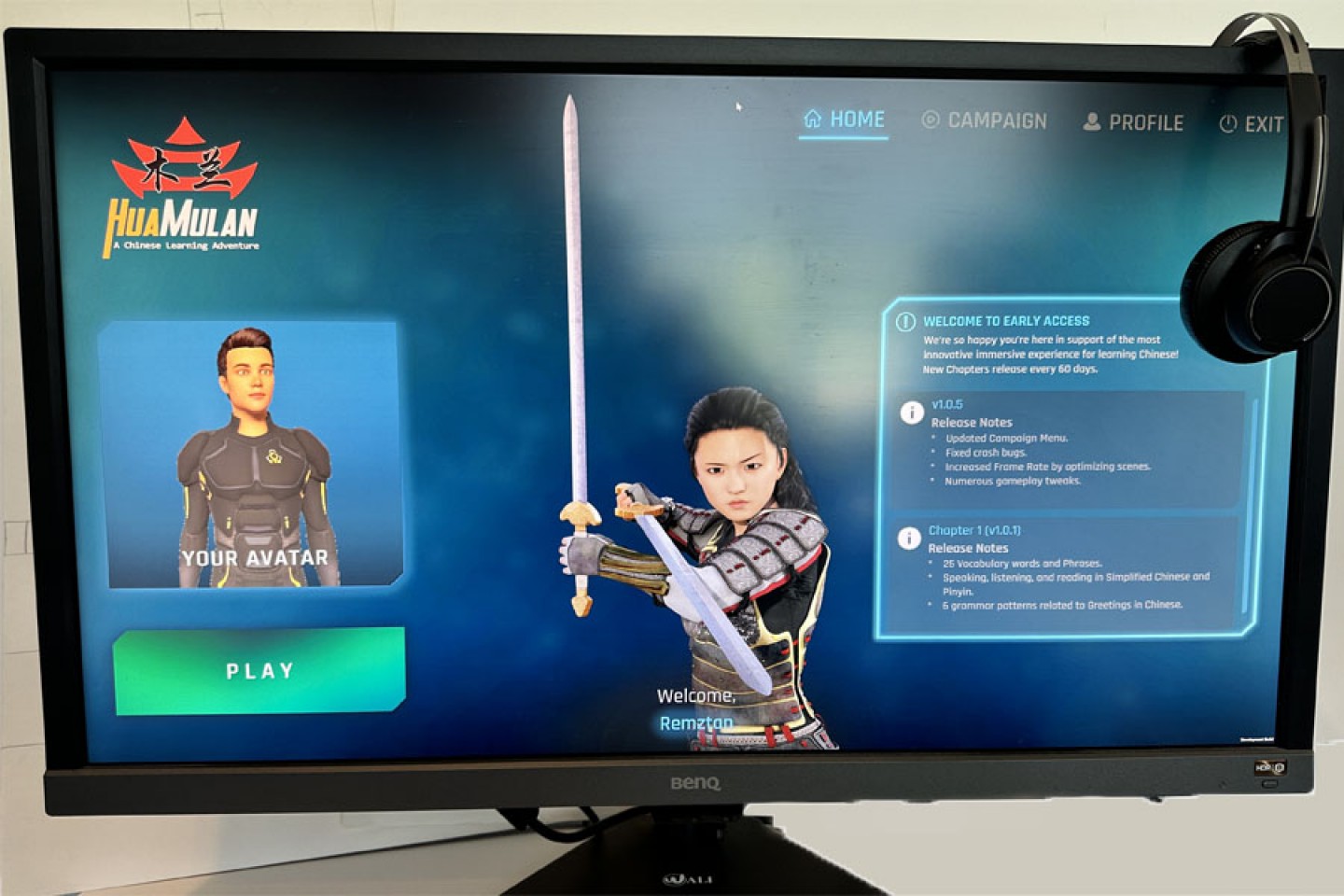
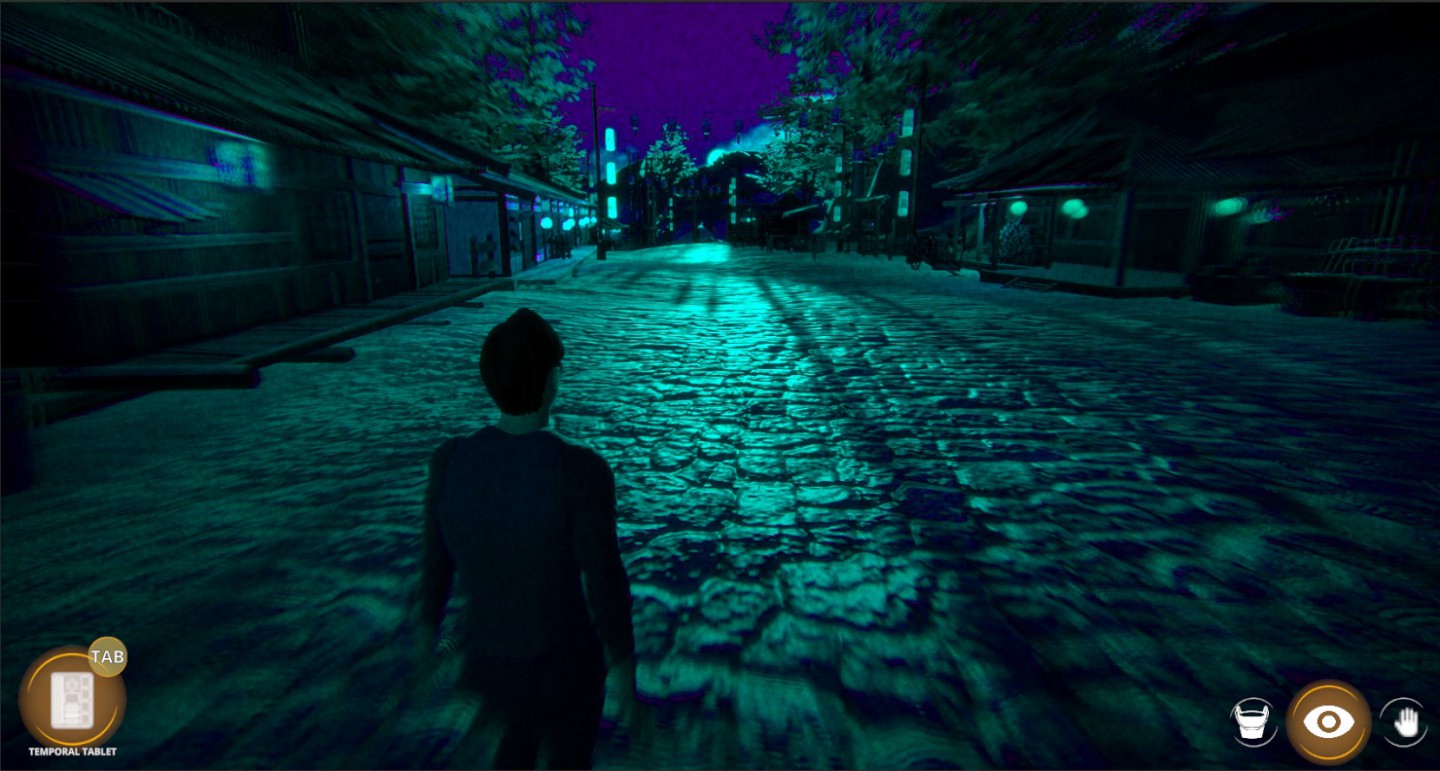
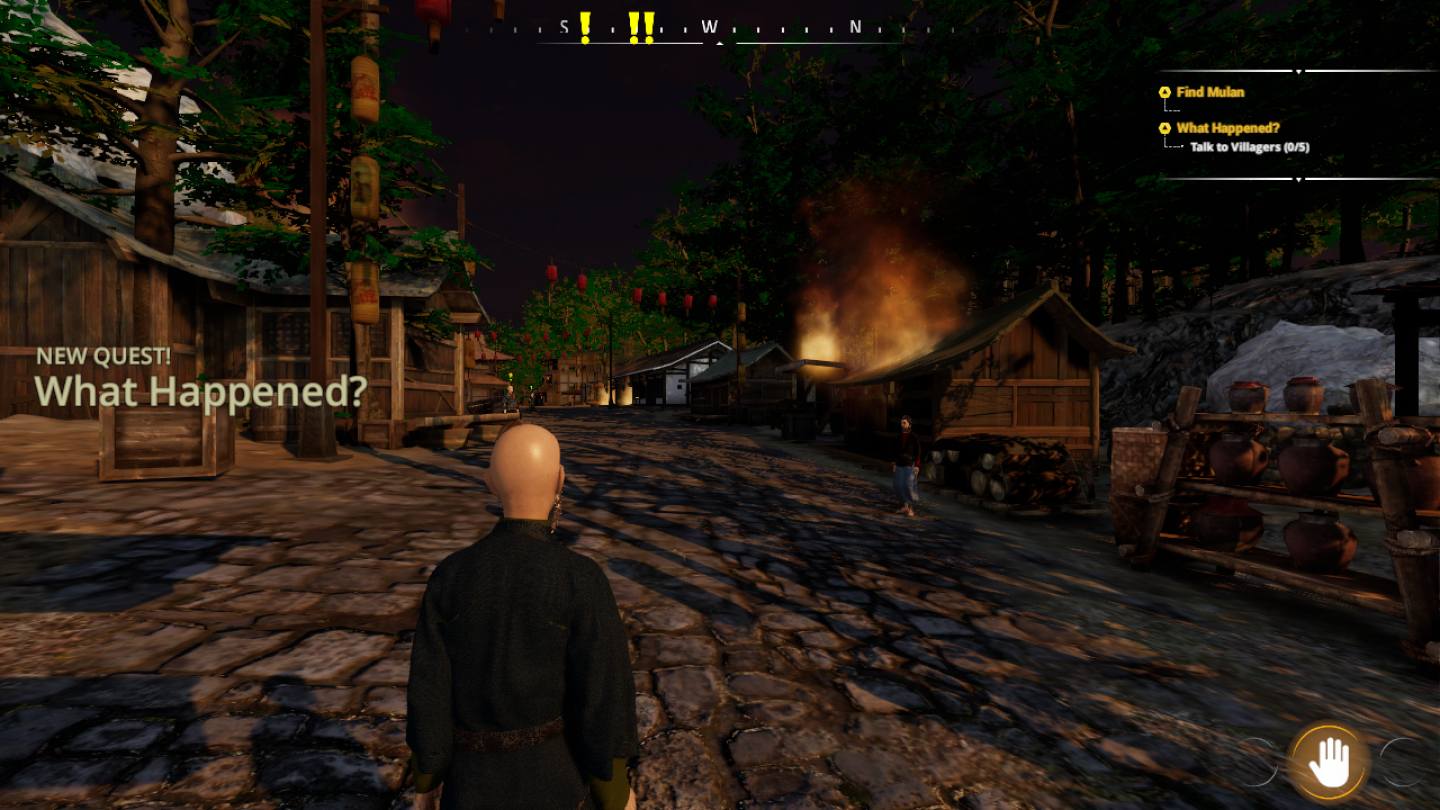
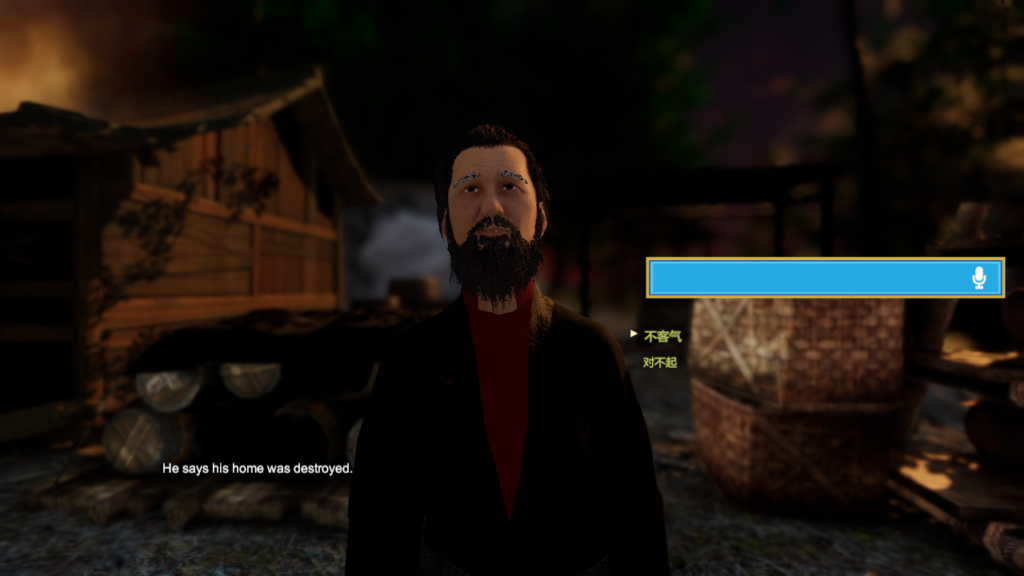
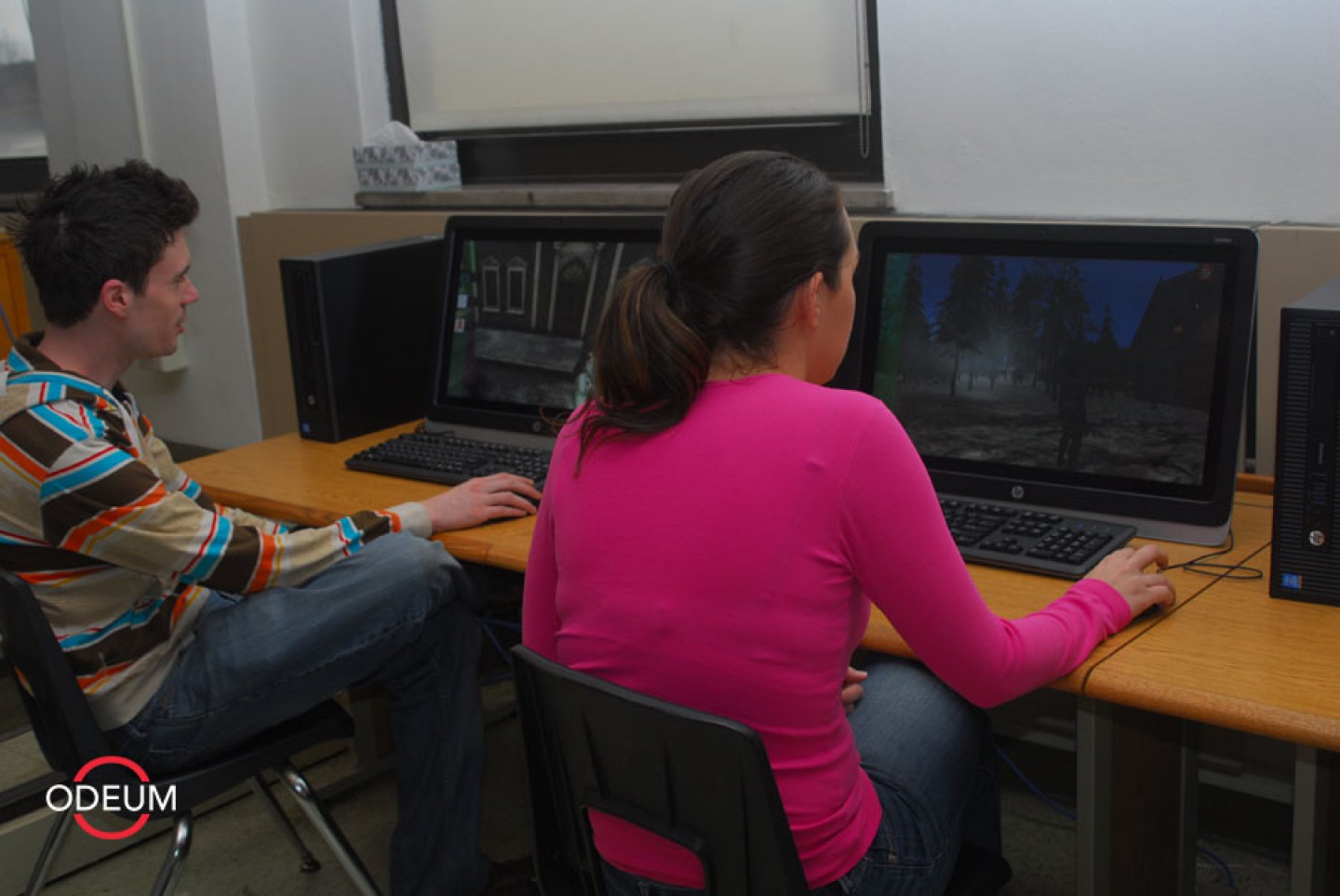
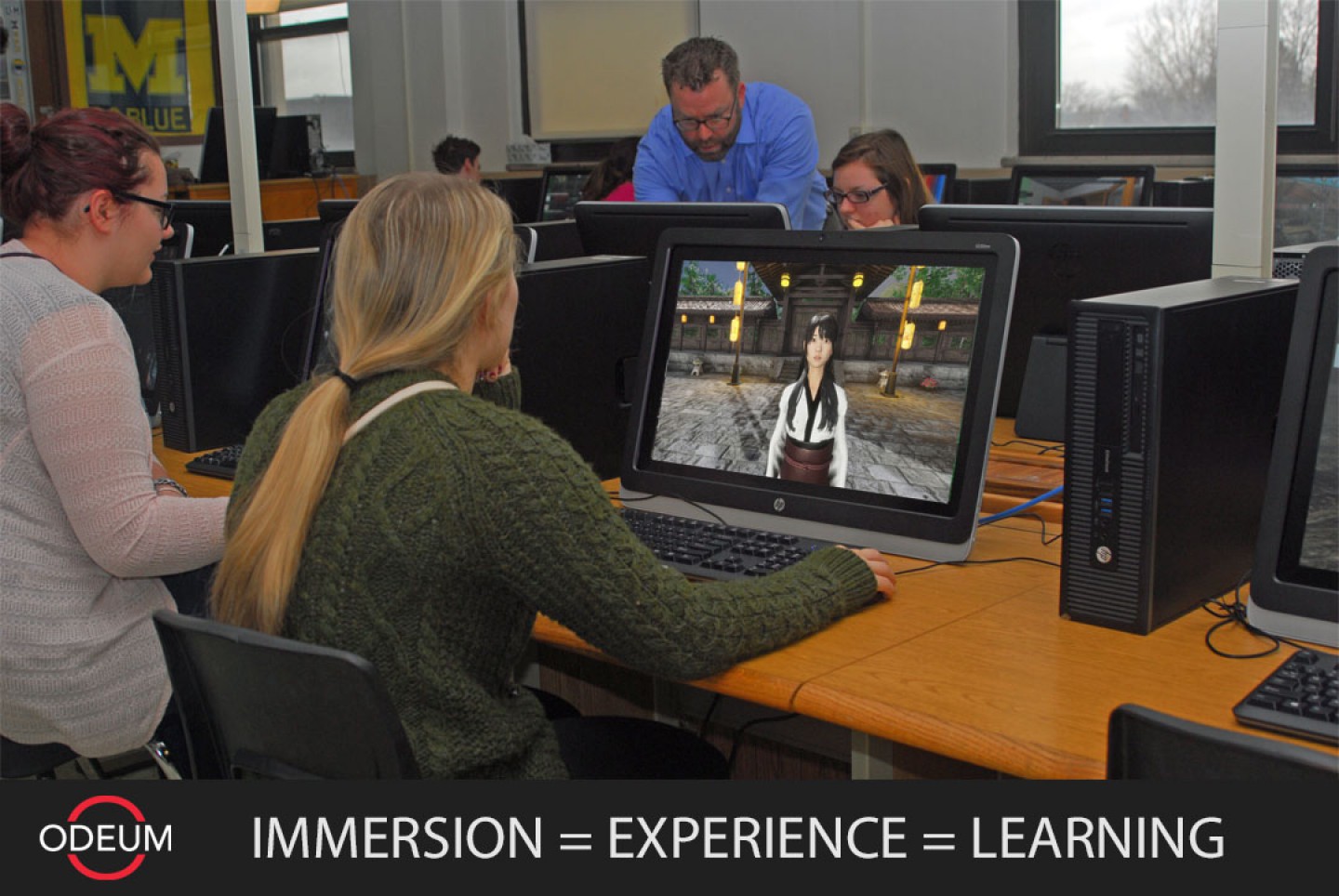
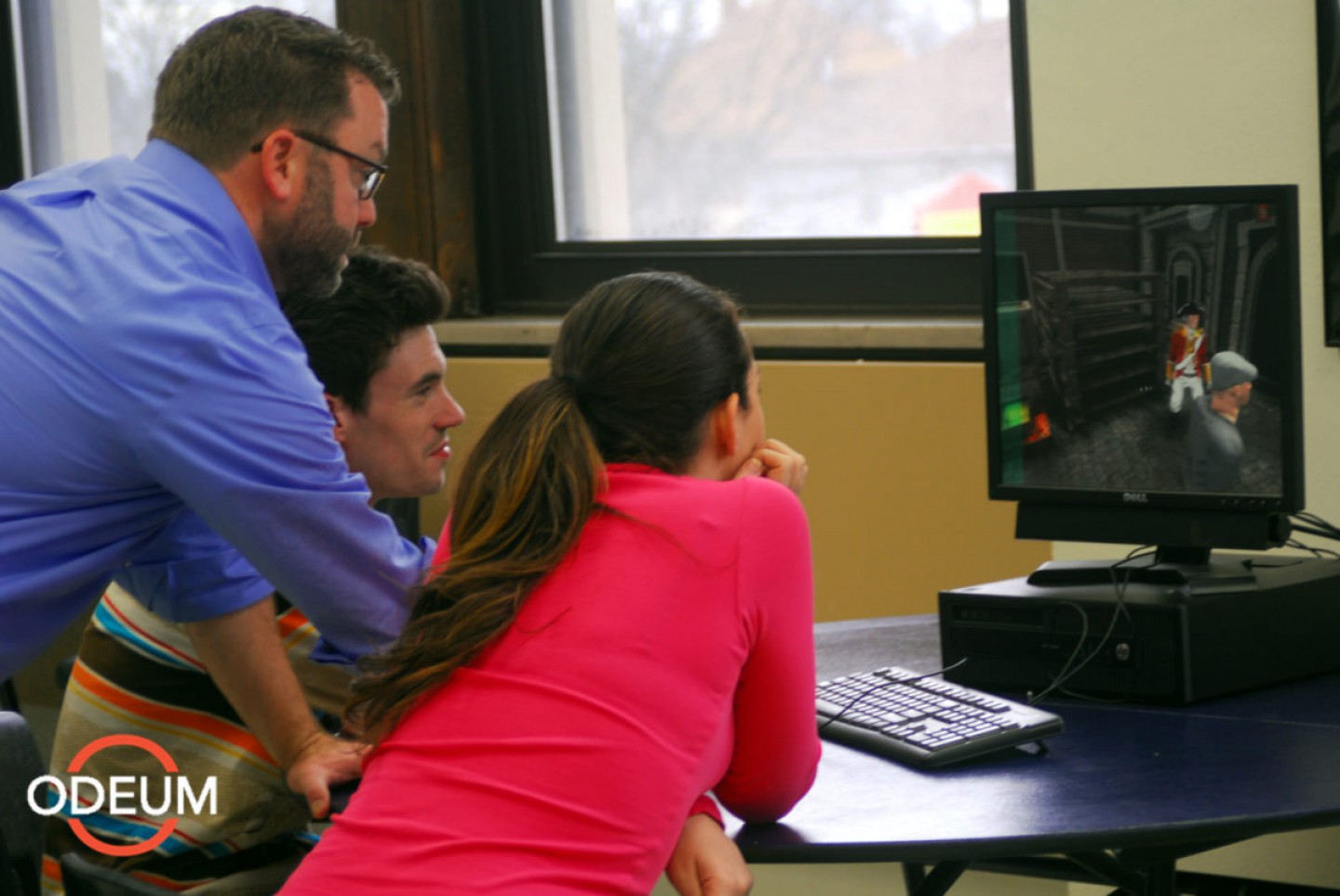
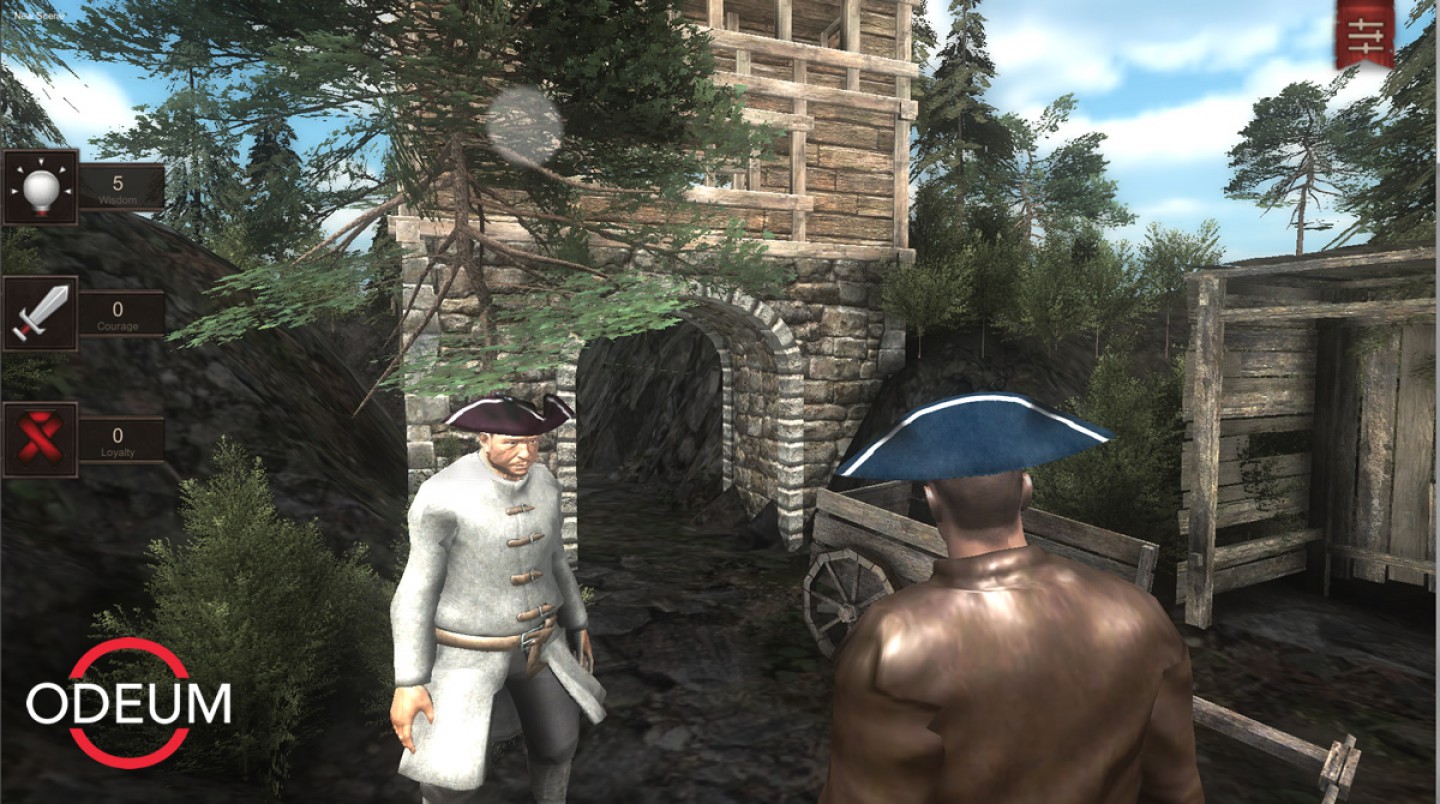


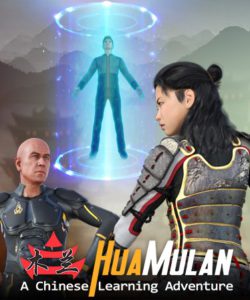
Recent Comments